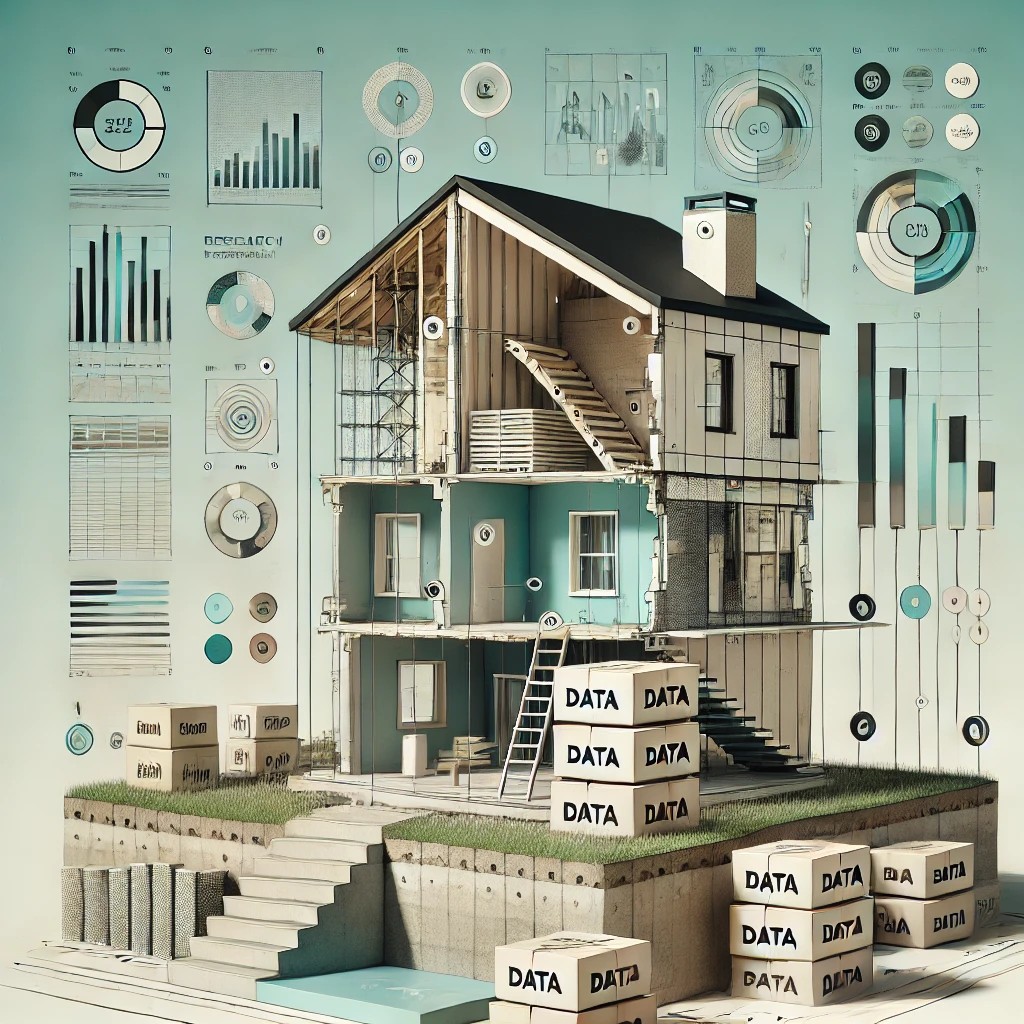A Research project without effective Research Data Management is like constructing a house without a solid foundation (Kanza et al., 2022)
| Imagine your research data as a thriving ecosystem. Just like a garden, it needs regular care and attention to flourish. By focusing on prevention, conducting regular checks, and addressing issues promptly, you can ensure your data remains in best condition. |

Why is this important?
| Prevention: Safeguarding your data from potential threats is crucial. Implementing preventive measures helps avoid data loss and corruption. | Regular Checks: Regularly reviewing your data ensures everything is in order and functioning as it should. | Prompt Fixes: Addressing problems as soon as they arise, prevents small issues from becoming major obstacles. |
Effective Research Data Management ensures several key benefits:
|
Data integrity and compliance: Data remains accurate, complete, and reliable throughout the research lifecycle. Adhering to legal, ethical, and funding body requirements. |
Data security and accessibility: Data security is crucial for immediate protection of sensitive data. Data is easily accessible to authorised users, facilitating collaboration and verification of results. |
Data reusability: Data can be reused for future research, maximising the value of the data collected. |
Data efficiency: Data is handled in a way it streamlines processes, reducing duplication and saving time. |
RESEARCH DATA MANAGEMENT (RDM) refers to several key components that shape the final outcome of your research.
| Data management planning | Plan early: define how data will be collected, stored, shared, and preserved. |
|---|---|
| Data collection | Choose appropriate methods (e.g. surveys, experiments, secondary data) and tools. |
| Metadata and documentation | Record how data is created and processed. Use metadata, version control, and clear file naming to support reuse. |
| Storage and backup | Store data securely (digital or physical) and back it up regularly. Have a disaster recovery plan in place. |
| Security and access control | Protect sensitive data with encryption and access restrictions. Follow relevant security standards. |
| Sharing and reusing | Decide what to share, with whom, and under what conditions. |
| Preservation and archiving | Ensure long-term access by archiving in trusted repositories and planning for data migration. |
| Compliance and ethics | Meet legal, ethical, and funder requirements throughout the research lifecycle. |
What to think about?
|
Planning for the future: Consider not just the current moment, but how you will look back on your information in several years. Plan for sharing information with others, possibly across multiple disciplines, in a form they can easily understand. |
Benefits of a sensible organisational system: The first person likely to benefit from a well-organised system is your future self. Good RDM practices ensure data is accessible, understandable, and reusable. |
Risks of poor data management: Poor data management can lead to data breaches. It can result in unsuccessful and potentially harmful research projects. |